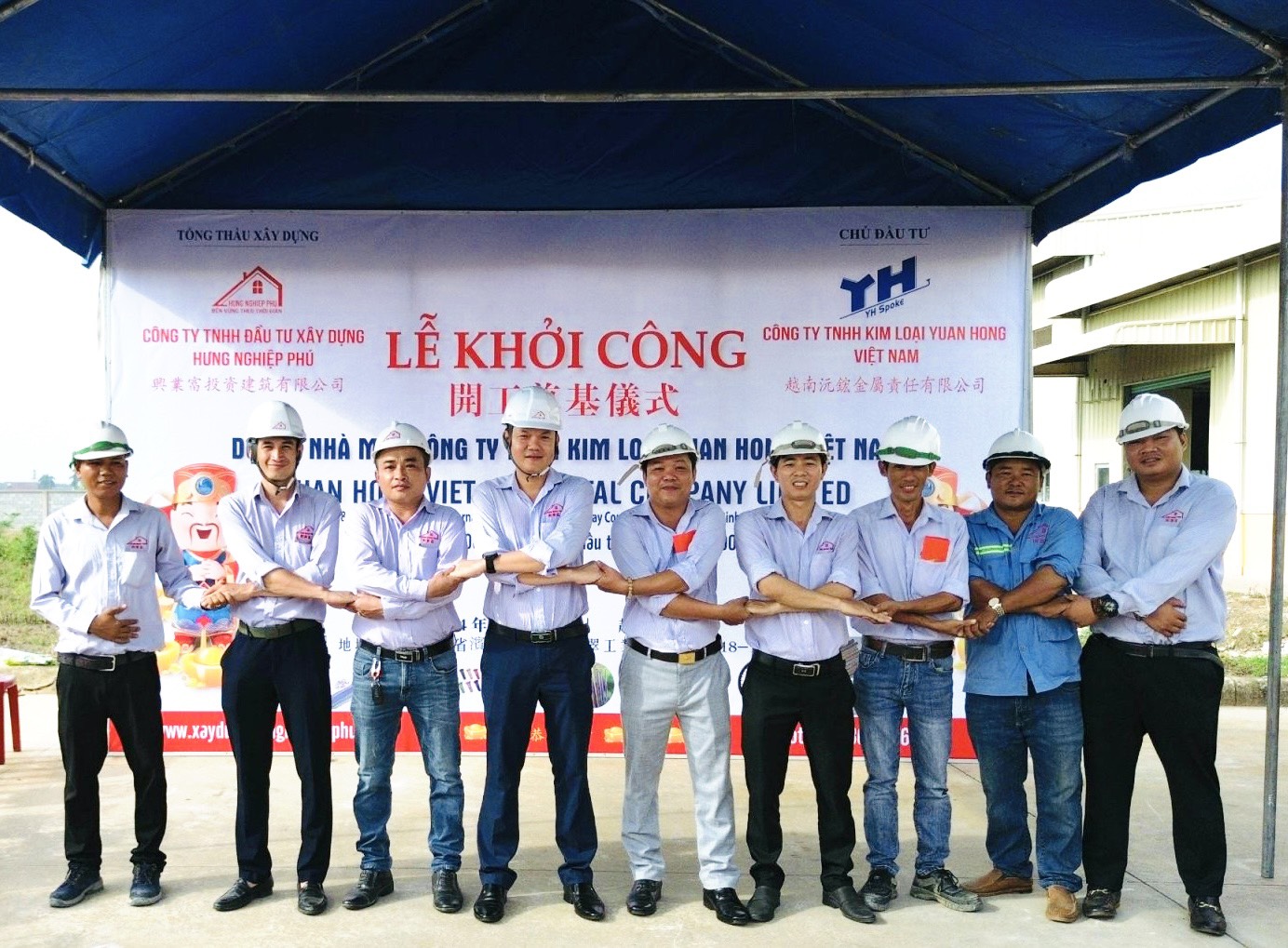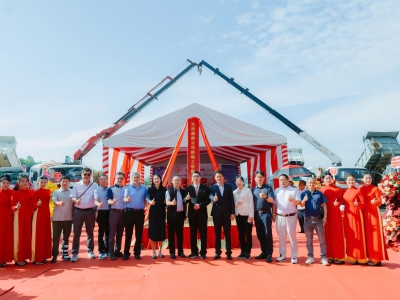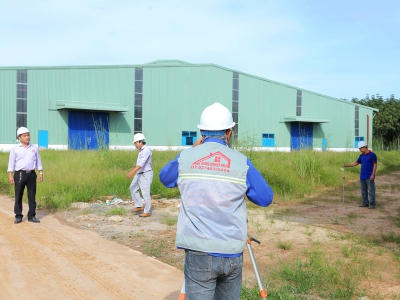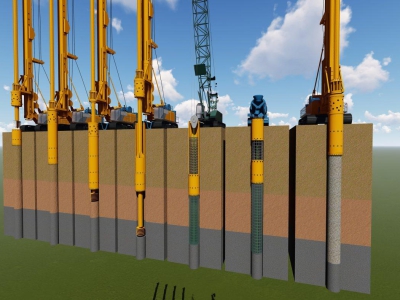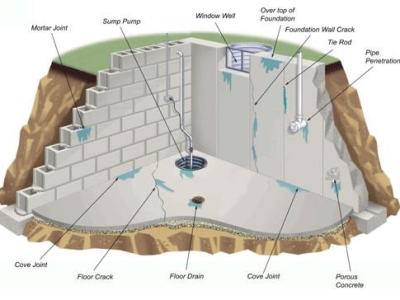ELECTRICAL INSTALLATION PROCESS IN FACTORY AND WAREHOUSE CONSTRUCTION
Installing electrical systems when building safe and accurate prefabricated steel factories and warehouses is a key factor for effective and sustainable operations. The article below will provide you with a detailed process of electrical installation and factors to keep in mind:






 (Illustration, source: Internet)
(Illustration, source: Internet) (Illustration of lightning protection system, source: internet)
(Illustration of lightning protection system, source: internet) (illustration of MBS total distribution cabinet, source: Internet)
(illustration of MBS total distribution cabinet, source: Internet) (Illustration of electrical cabinet, source: Internet)
(Illustration of electrical cabinet, source: Internet) (Illustration, Internet source)
(Illustration, Internet source)